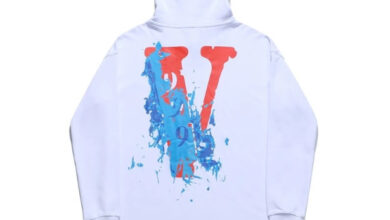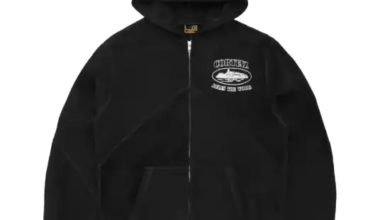What is Coily Hair, and How Does It Compare to Curly Hair?
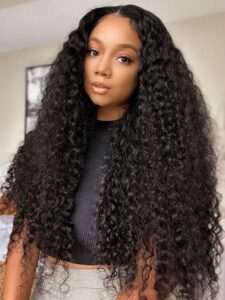 For Black women, understanding the unique characteristics of coily hair is essential for proper care and styling. Coily hair, often categorized as Type 4 hair, is distinct in its tight curl patterns and texture, which requires specific maintenance routines. But what exactly is coily hair, and how does it compare to curly hair?
For Black women, understanding the unique characteristics of coily hair is essential for proper care and styling. Coily hair, often categorized as Type 4 hair, is distinct in its tight curl patterns and texture, which requires specific maintenance routines. But what exactly is coily hair, and how does it compare to curly hair?
What is Coily Hair?
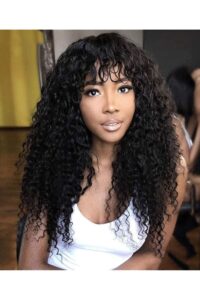
Coily hair is a hair type characterized by tight curls or spirals that form close to the scalp. It’s usually classified as Type 4 hair on the curly coily hair texture chart, which ranges from 4A to 4C. These types differ in curl definition, density, and fragility. Type 4A features defined S-shaped coils, while 4B tends to have a zig-zag pattern. Type 4c coily hair type is the most fragile, with the tightest curls and little to no definition.
Coily Hair vs. Curly Hair: What’s the Difference?
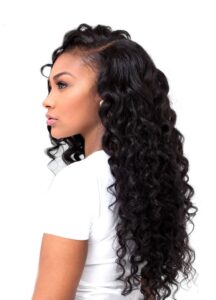
While coily and curly hair are often grouped together, they are distinctly different in texture, appearance, and care requirements. Curly hair, categorized as Type 3 on the hair texture chart, features looser curls that range from light waves to spiral ringlets. The main difference lies in the tightness of the curls. Curly hair vs curly hair has more defined curls with less shrinkage, whereas coily hair has tightly wound curls or even a zig-zag pattern, leading to more shrinkage and a denser appearance.
What is Kinky Coily Hair?
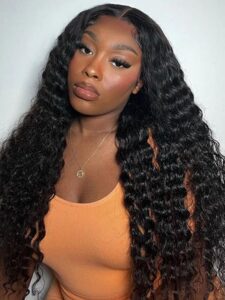
Kinky coily hair falls under the broader category of coily hair but is often used to describe the tightest curl patterns, particularly in Type 4B and 4C hair. These hair types are highly textured, with the coils forming a dense, zig-zag pattern that can appear “kinky.” This texture is incredibly versatile but also the most fragile, requiring careful handling and moisture-heavy products to maintain its health.
Coily Hair vs. Curly Hair: Which is Easier to Care For?
When it comes to maintenance, curly hair is often easier to care for than coily hair due to its ability to retain moisture and its lower likelihood of breakage. Coily hair, particularly Type 4B and 4c coily hair, requires a more intensive care routine to prevent dryness and maintain curl definition.
Both hair types benefit from regular deep conditioning, but coily hair may require more frequent treatments to maintain moisture levels. Products rich in oils and butters, like shea butter or coconut oil, work best for coily hair, while curly hair can thrive with lighter creams and gels.
Conclusion
Coily and curly hair both offer beauty and versatility, but they come with their own set of challenges and care requirements. Coily hair, with its tighter curls and increased fragility, demands a higher level of care and moisture retention, whereas curly hair benefits from a more straightforward routine. Regardless of which type you have, embracing your natural hair with the right products and techniques can lead to healthier, stronger, and more beautiful hair. Understanding the differences between coily hair and curly hair can help you make informed decisions on how best to care for and celebrate your unique texture.

